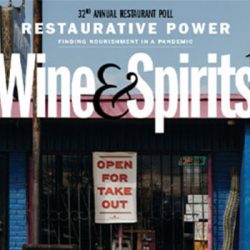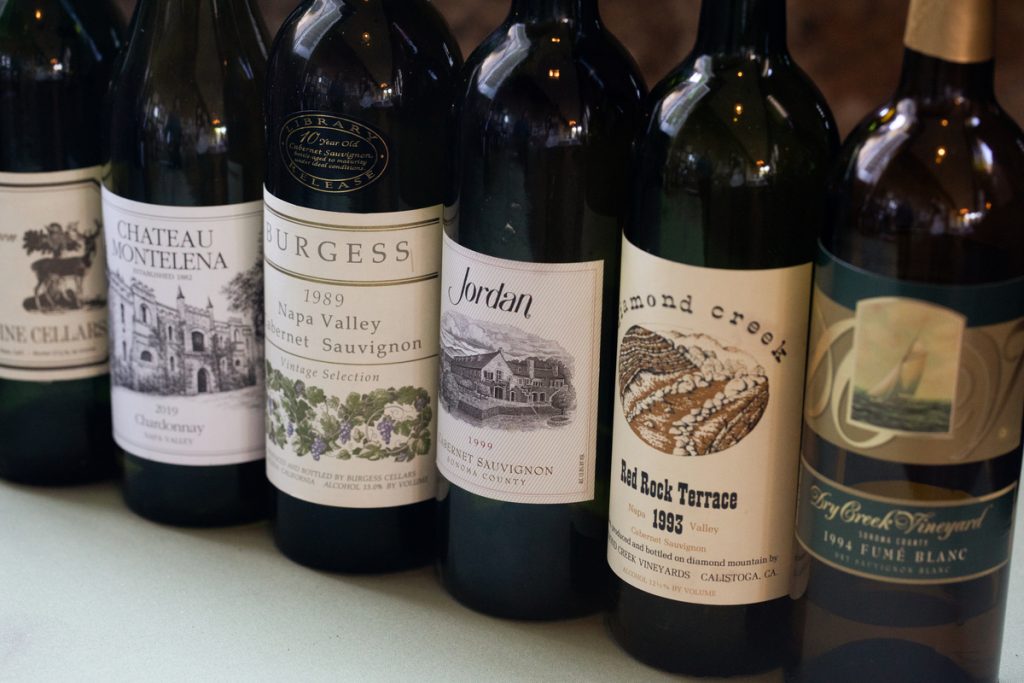

Fifty years on, the 1972 vintage provided a significant yield in northern California: new wineries were founded that continue to impact and influence the market for the region’s wines. Jordan Winery was among them, still family owned and run, and still home to Lisa Mattson, who reached out to five others with the same founding year to gather at the Culinary Institute of America in St. Helena and present trios of their wines going back, at least in one case, to their founding date.
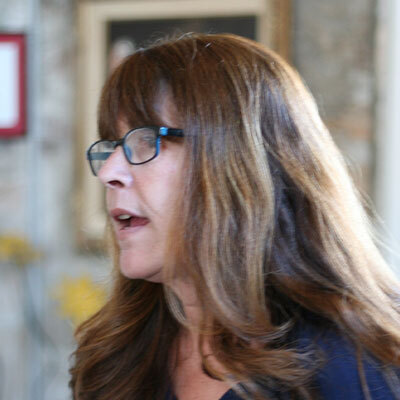

The tasting gave a group of assembled winemakers and media the opportunity to taste wines that shifted the direction of the makers—like the 2005 Super Blend from Jordan, which Rob Davis and Maggie Kruse had presented to John Jordan the year he took over at the winery. Jordan had asked his team to break with his father’s tradition and to make a reserve wine with the best selections they had. According to Dana Grande, Grower Relations Manager at Jordan, the blend included a little petit verdot from the estate, but mostly came from growers, two near the base of the Mayacamas in Geyserville, and one on a hillside west of Lake Mendocino. “Rob and Maggie tasted John on it and he said, ‘Let’s make more of that.’ It was our turning point,” marking a move away from the original valley-floor estate and toward the current program that includes hillside growers and the winery’s own hillside estate.
Nicole Carter, President of Diamond Creek, showed the Red Rock Vineyard wines from 1993, 2001 and 2018, a progression from one of the first vintages made by Phil Steinschriber to one of his last. The 1993 was savory with lush, sunny fruit and a quiet, mouthwatering briskness in the finish—the result of grapes that grow on that north-facing, iron-rich hillside. Then the wines progressed to the floral rose scents and sweet ripeness of the 2001, and the fat, rich, youthfully blue fruit of the 2018.
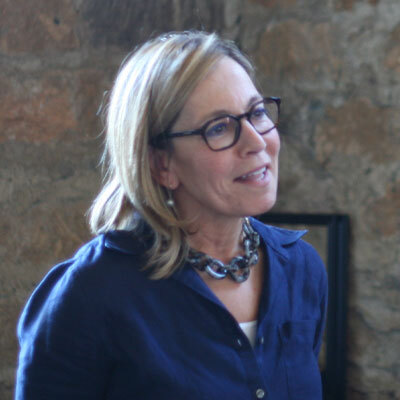

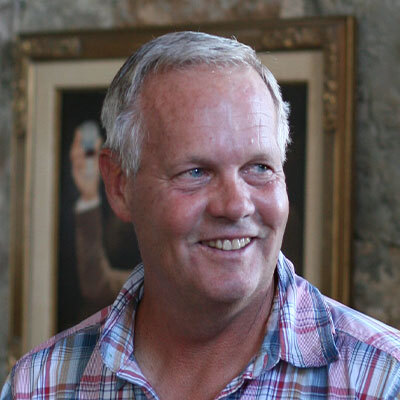

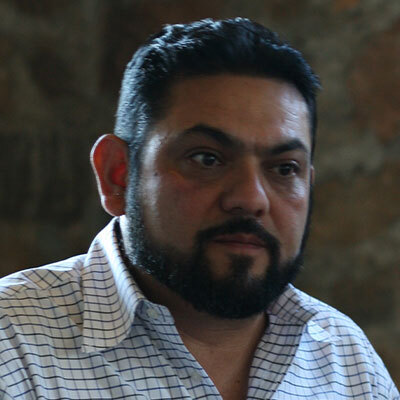

Assistant Winemaker, Luis Contreras, and Director of Vineyard Operations, Kirk Grace, presented the Stag’s Leap Wine Cellars wines, a 1972, 2002 and 2019, all from the SLV vineyard. As Grace, the viticulturist, explained, the 1972 would have been from the second leaf of the vines…the harvest prior to the wine that won the Paris tasting. It still held freshness, with touches of bright, wild blueberry fruit, quiet and lingering. “When I started my career,” Grace recalled, “cabernet was cabernet and rootstock was St. George,” going on to describe the variations involved in replanting vines at SLWC today.
“Piston pumps and pad filters were the latest technology,” Contreras said. “We were adding stems back and working with hot fermentations, filtering before you go to barrel.” Some of the original planting at SLV is still in the ground and contributed to the ripe, polished 2019, a wine that struck a dramatic contrast with the early efforts of those original vines. Yet, even as the technology may have been rustic, the techniques rough, the 1972 is still a finessed beauty at 50 years of age.
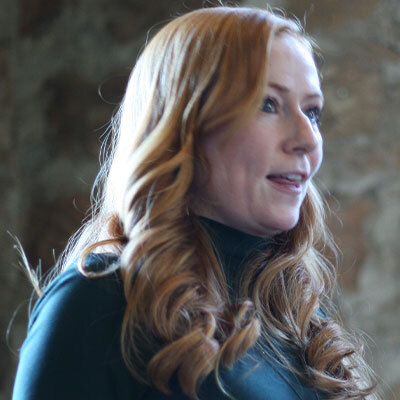

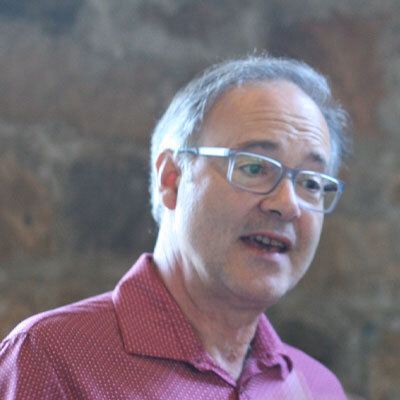

Joshua Greene is the editor and publisher of Wine & Spirits magazine.
This is a W&S web exclusive. Get access to all of our feature stories by signing up today.


